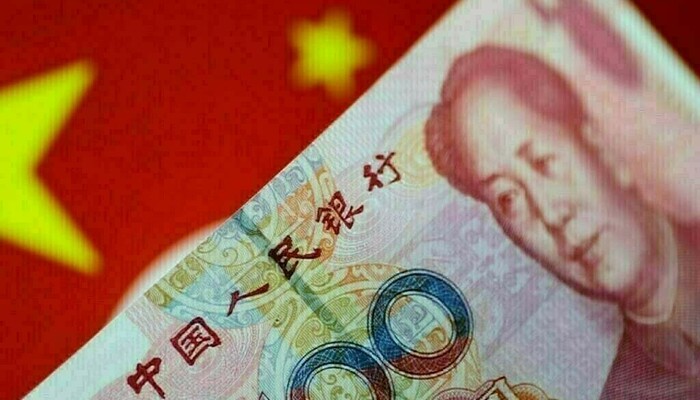HONG KONG – China’s yuan edged higher against the US dollar on Wednesday, reaching near its strongest level in a month, as a ceasefire between Iran and Israel helped calm global markets and encouraged investors to return to riskier assets.
The truce, brokered by US President Donald Trump, appeared to be holding firm as of Tuesday, with both Tehran and Tel Aviv claiming symbolic victory after 12 days of conflict. The de-escalation eased fears of a broader regional war, boosting demand for emerging market currencies, including the yuan.
By 0331 GMT, the onshore yuan stood at 7.1684 per dollar, near its highest level since May 26, while the offshore yuan remained relatively steady at 7.1661 per dollar during Asian trading hours.
Central Bank Midpoint Signals Intent to Strengthen Yuan
Ahead of the trading session, the People’s Bank of China (PBOC) set the official midpoint rate at 7.1668 per dollar — a level stronger than expected and near the most robust fix since November 2024. This move suggests Beijing may be subtly steering the currency toward gradual appreciation.
Read: Iran’s Parliament Votes to Suspend Cooperation with UN Nuclear Watchdog
“The midpoint seems to be guiding spot rates toward appreciation,” noted a trader at a Chinese bank, who also highlighted strong buying interest below current spot levels, implying a floor for the currency’s short-term movement.
The yuan, which can trade within a 2% band around the daily midpoint, could technically weaken to 7.3101 on Wednesday. However, recent central bank signals and market momentum appear to favor a more stable or appreciating trajectory, especially in the context of a weaker US dollar.
So far this month, the yuan has gained 0.4%, and is up 1.8% for the year, tracking the dollar’s broader retreat as rate cut expectations in the US mount.
Hong Kong Dollar Hits Pressure Point Again
While the yuan showed signs of strength, the Hong Kong dollar continued to hover at the weaker end of its allowed trading band. On Wednesday, it slipped to 7.85 per US dollar, marking the fourth straight session at the lower limit.
This renewed pressure has raised speculation that the Hong Kong Monetary Authority (HKMA) may step in to drain liquidity from the banking system to support the peg. The HKMA has a long-standing commitment to defend the currency’s trading band, but persistent downward pressure raises concerns about capital outflows and interest rate implications.
Meanwhile, the US dollar index, which tracks the greenback against six major currencies, remained soft. Investors continue to ride on optimism surrounding the Middle East ceasefire, though many remain cautious over its fragile nature and the potential for new flashpoints.
With geopolitical tensions easing — at least temporarily — and China’s central bank hinting at support for its currency, the yuan may continue to benefit. But as always in global markets, the next move could be just a headline away.
Follow us on Instagram, YouTube, Facebook,, X and TikTok for latest updates
